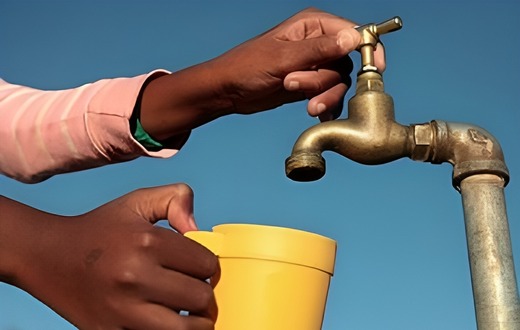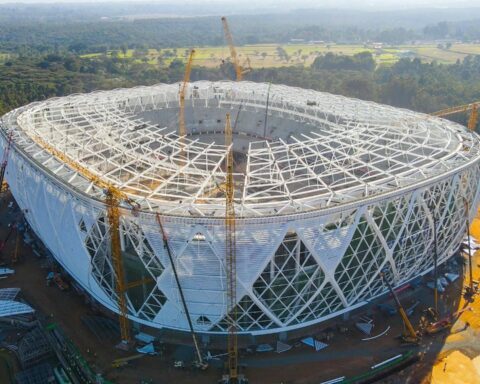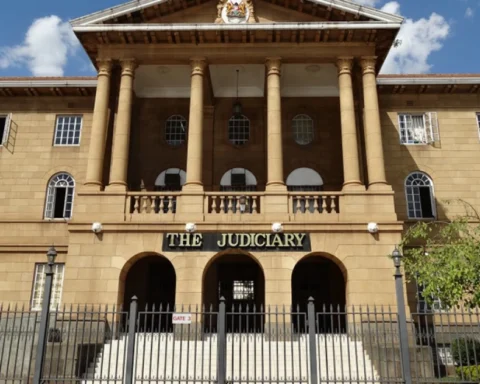Residents in Nairobi are once again bracing for a fresh wave of water shortages after the Nairobi Water and Sewerage Company (NWSC) issued a warning that several key institutions and estates will be affected due to a technical fault along a major pipeline.
In a statement released on Saturday, August 17, NWSC Managing Director Nahashon Muguna disclosed that the University of Nairobi, Kenyatta National Hospital, and several estates across Westlands, Lang’ata, Kibera, Kilimani, Lavington, Parklands, Riverside, and Kileleshwa would bear the brunt of the disruption. Other affected areas include estates along Ngong and Lang’ata roads, as well as Madaraka, Nyayo Highrise, Nairobi West, and The Nairobi Hospital.
Muguna explained that the problem stems from a technical hitch on the Kabete-Kibera-Lang’ata water supply pipeline. While efforts are underway to resolve the issue, the company has not given a definitive timeline for restoration of normal supply. In the meantime, he urged Nairobians to use stored water sparingly.
“Our technical staff is working around the clock to resolve the problem. We advise our customers to use their stored water sparingly,” said Muguna. “In the meantime, we have dispatched our water tankers to the affected estates for residents to draw water free of charge.”
This latest shortage highlights Nairobi’s long-standing struggle with water scarcity, a problem affecting its nearly five million residents. The city requires an estimated 900 million litres daily, yet available supply often falls short. Earlier this year, President William Ruto pledged that the soon-to-be-launched Northern Water Collector Tunnel will deliver an additional 140 billion litres annually by channelling floodwaters from rivers Irati, Gikigie, and Maragua to the Ndakaini Dam.
Until then, however, Nairobians are left to navigate yet another cycle of rationing, tankers, and uncertainty—a reality that underscores the urgency of lasting water solutions for the capital.









